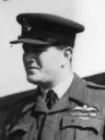Victory Europe Day Fly-Past Celebrations
London 8th June 1946
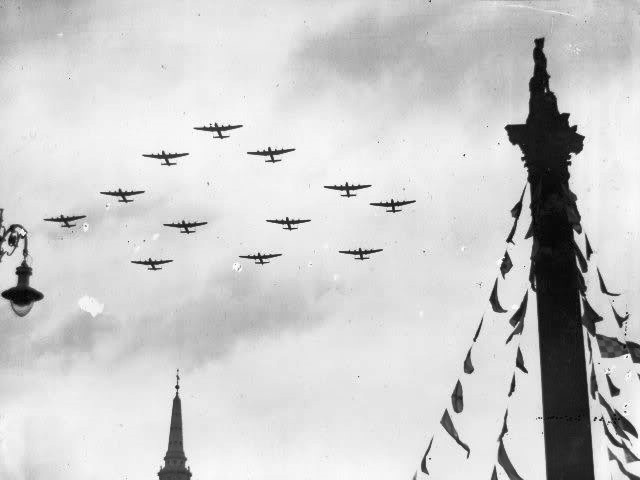
12 Formation over Trafalgar Square VE-Day 8th June 1946
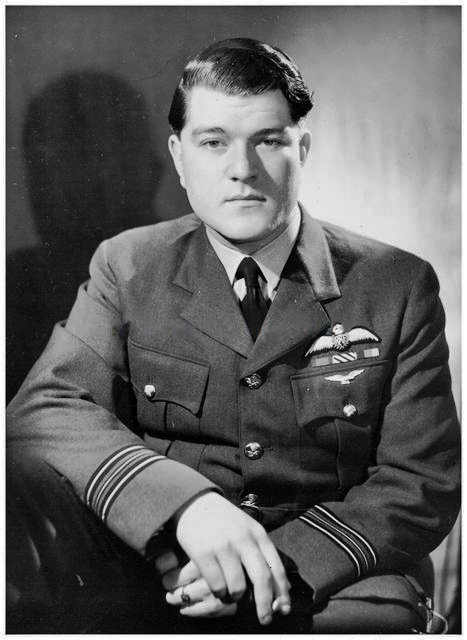 Short services of Thanksgiving were held every Hour in Westminster Abbey on VE-Day 8th May 1945 from 9am to 10pm and attended by approximately 25,000 people. A Service was also held on the following Sunday, 13th May, when the Standards of Canada, Australia, New Zealand & South Africa were laid on the High Altar to symbolise the Loyalty of the whole Empire during the War.
Short services of Thanksgiving were held every Hour in Westminster Abbey on VE-Day 8th May 1945 from 9am to 10pm and attended by approximately 25,000 people. A Service was also held on the following Sunday, 13th May, when the Standards of Canada, Australia, New Zealand & South Africa were laid on the High Altar to symbolise the Loyalty of the whole Empire during the War.
W/C A J Laird Craig
From April 11th 1946 Craig Planned, & Conducted many Formation Training Flights in the Lancasters Mk.I FE (Far East) with Tiger Force Livery in preparation for both VE-Day (8th June 46), the Goodwill Tour of the USA (Operation Lancaster) in July/August 46, & the Battle of Britain Commemoration Fly-Past on the 14th September 1946.
35 Squadron was the only Heavy Bomber Squadron to take part in the RAF’s Massed Flypast of London on VE-Day on the 8th June 1946. 35 Squadron’s S/L M J Beetham had Daily Telegraph reporter Mr Townsend aboard his Aircraft (TL-A – SW315)

 Victory Europe Day Fly-Past 8th June 1946
Victory Europe Day Fly-Past 8th June 1946
From the 11th April, A J L Craig was rehearsing Formation Flying in preparation for the full Flypast on the 8th June 1945 in the Lancaster TW880 TL-F. The Flypast Plan involved Meteors, Spitfires & Hurricanes and each Flight was supposed to be at different heights to allow the Faster Planes to fly over or under the Lancasters. Unfortunately, the Weather was not co-operative with a very low Cloud Base which caused all the Planes to Fly at the same height so the faster Fighters went around the Outside. No.35 Squadron came down The Mall at 1500 feet at a Speed of 184 mph in a Formation of 307 Aircraft.
The Weather which so often hampered Air Operations during the War interfered with the Flypast of the RAF & Fleet Air Arm Squadrons. When they were Briefed for the Flight the Crews were warned of bad Weather approaching from the West, but the Meteorological Department Forecast was that it would not reach London until the afternoon. Until the last minute the Forecast promised to be accurate, for up to the Rendezvous Point at Fairlop Aerodrome Nr Romford, the rain held off, the Cloud Base was no lower than 3000ft and visibility was reasonably good. In the short distance between the Eastern Suburbs of the Capital and the Centre there was a sudden change, and as the leading Aircraft approached the City the rain started in earnest, and almost unbroken curtain of Clouds started to descend, and before Admiralty Arch, the ‘Aiming Point’ was reached the visibility was restricted to about a ½-mile. The conditions imposed a severe strain on the Crews of the Aircraft Flying in Formation and it was only by the superb control of their machines that they managed to adhere to the strict timing Programme and to maintain the pre-arranged Order. In view of the adverse conditions, the close Formation Flying was admirable.
Official Programme
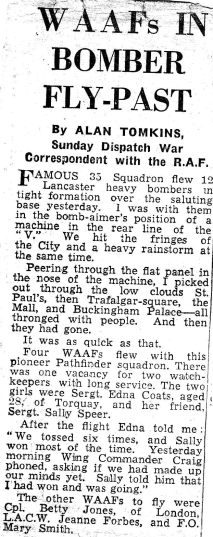 The end of the Military Victory Parade was just turning into the Mall as the Single Hurricane flown by an anonymous Battle of Britain Pilot, crossed the Saluting Base. It was followed 3 Coastal Command Sunderland Flying-boats and a number of Transport Command Halifax’s. The Representatives of Bomber Command 12 Lancasters of No.35 Squadron led by Wing Commander A J L Craig, DSO, DFC, DFC, the RAF’s youngest Wing Commander came next, flying in Triangular Formation. From his position in the Nose of the leading Lancaster, it was possible to catch only an occasional glimpse of any other Aircraft.
The end of the Military Victory Parade was just turning into the Mall as the Single Hurricane flown by an anonymous Battle of Britain Pilot, crossed the Saluting Base. It was followed 3 Coastal Command Sunderland Flying-boats and a number of Transport Command Halifax’s. The Representatives of Bomber Command 12 Lancasters of No.35 Squadron led by Wing Commander A J L Craig, DSO, DFC, DFC, the RAF’s youngest Wing Commander came next, flying in Triangular Formation. From his position in the Nose of the leading Lancaster, it was possible to catch only an occasional glimpse of any other Aircraft.
Somewhere in the gloom to the Rear of the Bombers were Mosquitoes from the British Airforce of Occupation in Germany and of Fighter & Coastal Commands; Beaufighters of Coastal Command, Naval Air Arm Firebrands, Fireflies, Seafires, & Sea Mosquitoes; and various Types of Spitfires, Hornets & Tempests, representing BAFO & Fighter Command, whose Units of Meteor & Vampire Jet-propelled Fighters brought up the rear. Altogether about 650 Pilots & Aircrew Members took part in the Fly-past, and 4 Members of the WAAF travelled as Passengers in the Lancasters. They were Mary Stanley Smith (soon to become Mrs Craig) Personal Assistant to Air Marshal Sir Norman Bottomley, AOC in C Bomber Command; Sergeant Edna Coatea, Watchkeeper in the Operations Room at Graveley, Huntingdonshire where 35 Squadron is based; LACW Jean Forbes and Corporal Betty Jones, 2 Clerks of No.11 Group, who were being rewarded for Typing the whole of the Instructions relating to the Air Display.
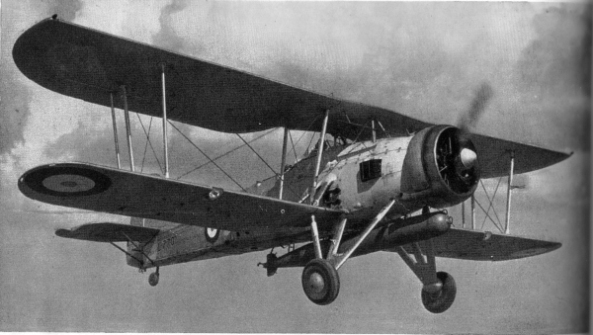
Swordfish
In the main, the Aircraft in the Fly-past were representative of the powerful Air Forces with which Britain ended the War. Only the solitary Hurricane was a Veteran of the Battle of Britain, though to the layman there was little difference between the Spitfires and the earlier Types which the German crews used to cry out in alarm ‘Achtung Spitfeuer‘ The Sunderland’s too were little changed from those that guarded our Convoys during the height of the U-Boat menace. One missed the familiar outlines of the Blenheims & Battles, which were the standard Light Bombers in the early days; one of the Defiant Fighters, with their backward firing Turrets which gave the Luftwaffe such a nasty surprise during the Dunkirk evacuation; and of the Wellingtons (The RAF’s beloved Wimpy’s, which carried the Battle into the heart of Germany until the 4-Engined Heavies were available. From the Ranks of the Naval Air Arm, a noticeable Absentee was the old trusty ‘string bag of Bismark fame’ – the Swordfish Bi-plane, which enjoyed the distinction of remaining in the Front Line from start to finish of the War.
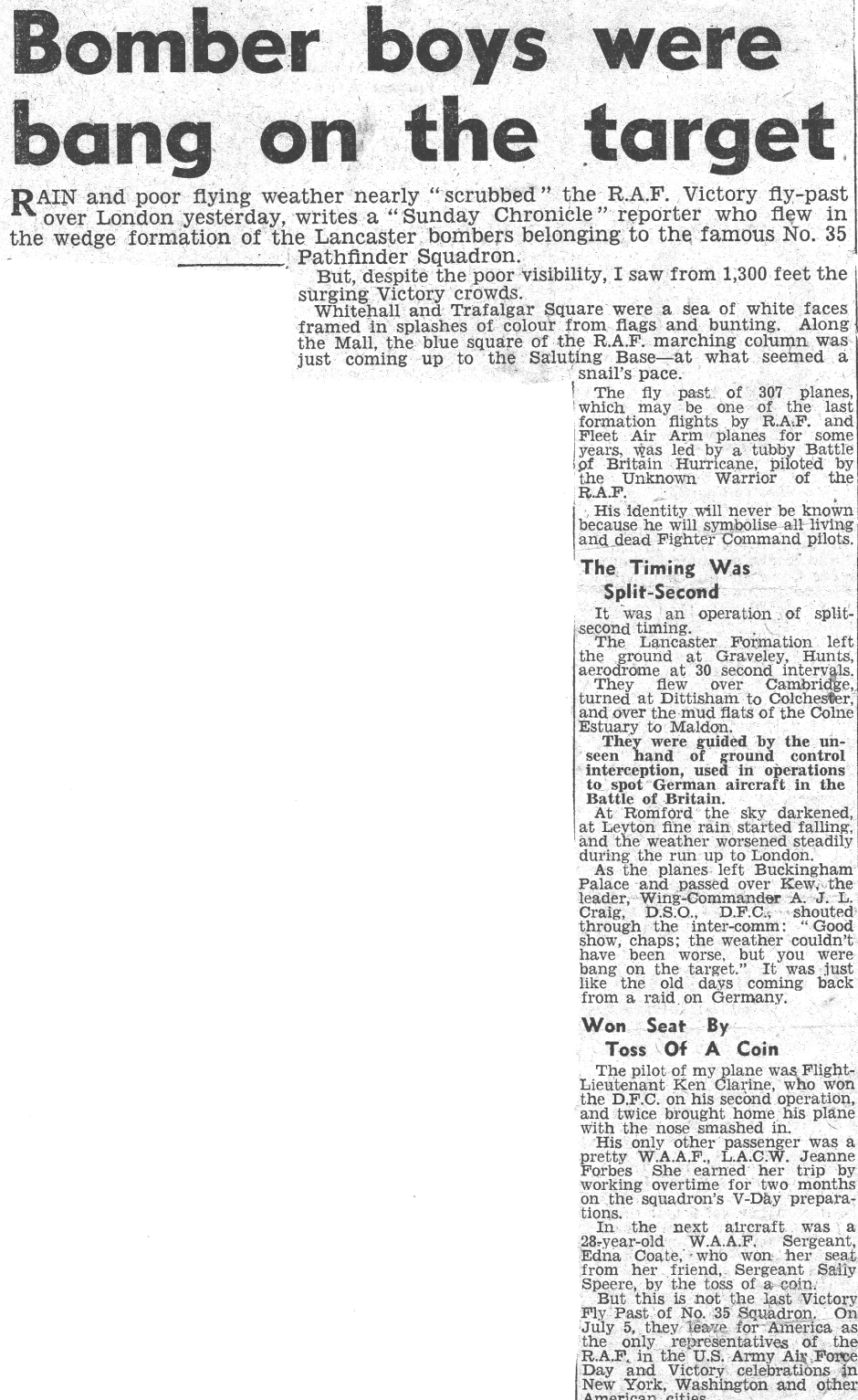
No doubt because of the great similarities of Aircraft participating in the Aerial Procession – they ranged from 150mph to 350mph. Jet Fighters – were a problem, but this was solved by so timing the convergence of the Units that when the Single Hurricane was over the Saluting Base the Meteors were 68-miles away over Foulness Point & the Vampires were just taking off from West Malling Aerodrome in Kent. Having flown in Tight Formation at 1500ft from Graveley to the 1st Turning Point at Wattisham Aerodrome, Suffolk and turned again at Bradwell Bay, on the Northside of the Thames Estuary, the Lancasters saw their 1st Navigational Aid at Fairlop Aerodrome, the Rendezvous Point. where a Barrage Balloon wobbled in the breeze and the golden Sodium flares could be seen several miles away. As they flew across the much-battered East End, over Wanstead, Hackney, Bethnal Green, Shoreditch, Finsbury, & The Strand to the Admiralty Arch; Barrage Balloons spaced at intervals of a mile showed the way, and occasional Flares acted as further Guides. Though it was not yet raining the Streets in the Suburbs appeared strangely deserted. The City too was almost empty, but as we left St Paul’s behind on our left and flew over Fleet Street & The Strand, London came suddenly to life. As the Aircraft dodged in and out of wispy clouds one could see the people standing in little knots on the pavements, faces upturned. waving or pointing upwards.
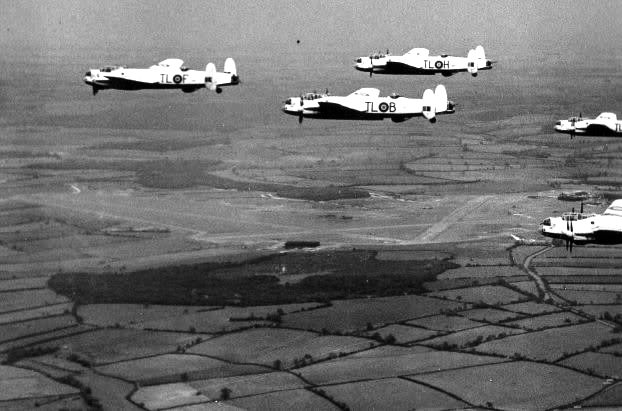
Lancaster’s of 35 Squadron Formation Flying Training
The last of the Balloons & Sodium flares soon showed the location of Admiralty Arch and by this time one could see the end of the Procession Marching down the Mall in the thickening rain. The intervening distance to the Royal Dais in the Mall – the Saluting Base was covered in a few seconds, giving us little time to more than note the dense crowds spilling over the Mall to the Parks on either side; the Aircraft Exhibition in Green Park, looking forlorn & unattended. The grey-green Thames like a snake away to the left; the wet streets and the glistening roof of Buckingham Palace. Reaching the Thames over Kew Bridge the Fighters turned away to Port and the Bombers to Starboard to return to their Bases. In a moment or 2 the Streets & Buildings had given way to green fields again and 20mins later we were back over Graveley, having flown Low over St Neots, as Wing Commander Craig said – ‘to give our Locals a Treat‘ –

Lancaster B Mk1.FE TL-F – TW880 (Pilot W/C A J L Craig)
The Lancasters for this Force, known as the “Tiger Force” were fitted with American Radio Equipment and were tropicalised for Operations from Okinawa. With the dropping of the Atomic Bomb, the War ended before the deployment of the “Tiger Force” could go ahead. Some of the “Tiger Force” Lancasters were built to a modified B.I standard, which was renamed the B.VII. These Lancasters had the Martin 250CE Mid-Upper Turrets and had the FN20 Tail Turret replaced with an FN82, with 2 x .50 cal machine-guns.
The BI (FE) had modified Radio, Radar, Navigation Aids, and a 400 gal (1,818L) Tank installed in the Bomb Bay. Most were painted with white upper-surfaces to reflect Solar Heat and black undersides to avoid Searchlight detection with a low demarcation between the colours. Lancaster B1 (FE) had:-
Larger Radiators
Larger Engine Nacelle Intakes (for Carburettors?)
Larger Astrodome
A long thin Intake fitted to the Starboard Fuselage, about halfway along (not sure of purpose) – Cooling of the Crew Space?
‘Lincoln’ style wheels with Treaded Tyres
‘Window’ dispersal chute
A Flight
TL-A – SW315 – F/Lt M J Beetham,
TL-B – SW313 – F/O Barker

TL-C – TW657 – F/Lt Mathers – Stuart Edmund Lucas Sturgeon was Navigator 1
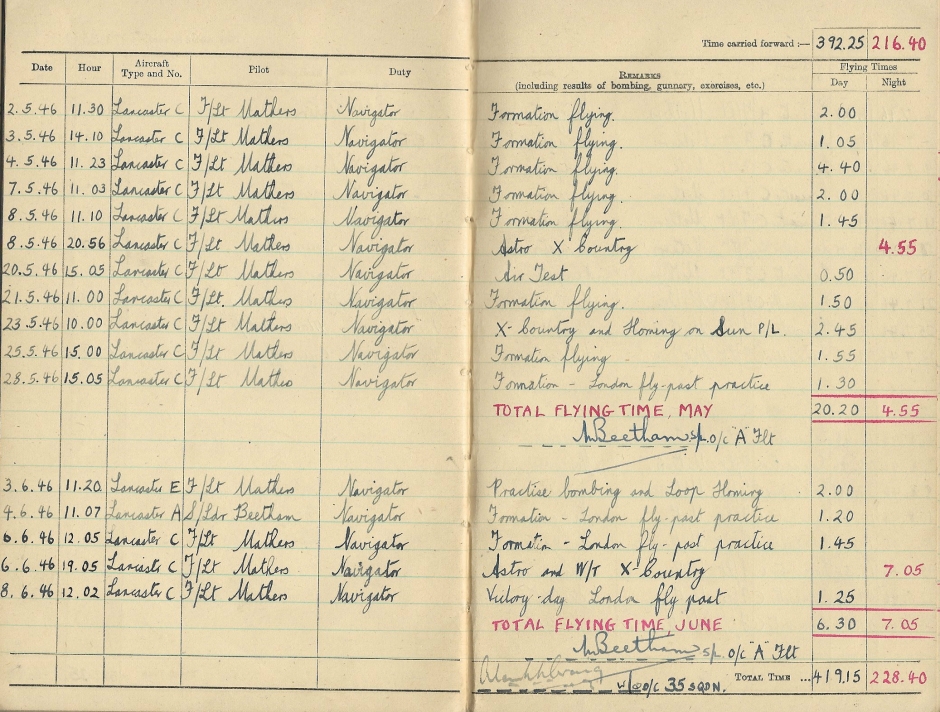
Stuart Edmund Lucas Sturgeon
Navigator 1 on TL-C TW657 – Log Book Entry for May/June 1946 signed by S/L Beetham O/C
TL-D – TW872 – F/L Clarine
TL-E – TW979 – F/O Hampson,
TL-F – TW 880 – W/C A L J Craig, DSO, DFC,
TL-G – TW869 – F/L Greig – PA436

TL-H -TW878 – F/O Lamb
TW869was replaced by 115 Squadron’s PA436 due to undercarriage retraction problems at the start of the US Goodwill Tour.
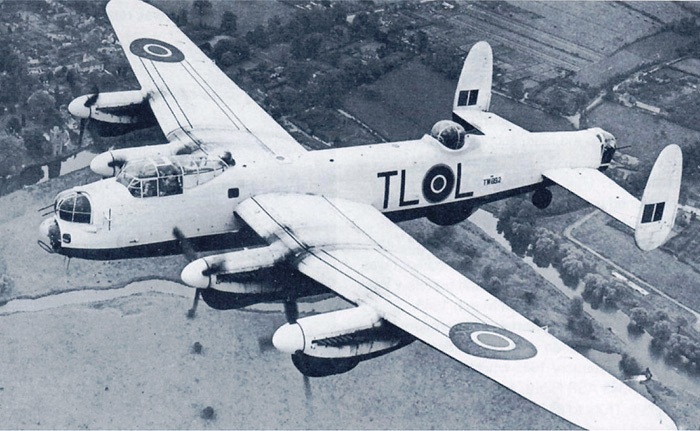 B Flight
B Flight
TL-L – TW892 – F/O Frank J Cheshire (American)
TL-M – TW659 – F/Lt Pennington
TL-N – TW882 – F/O Carradine
TL-O – TW660 – F/Lt Dawson
TL-P – PA411 – S/L T S Harris (Shorty) DFC
TL-Q – PA414 – F/Lt Pete Stockwell
TL-R – TW870 – F/O John Robinson:
TL-S – PA835 – F/O Francis L Leadon
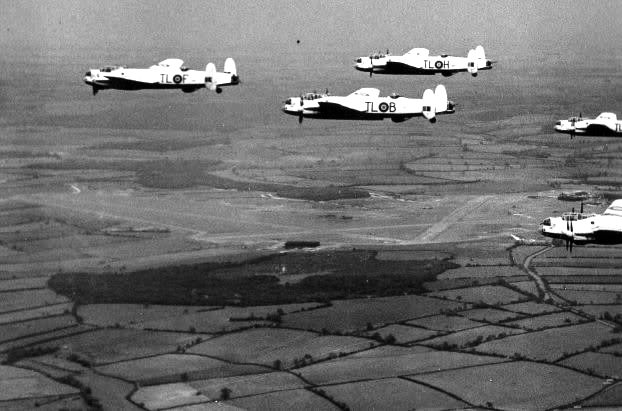
Formation Flying Practice V-E Day Fly-past over London
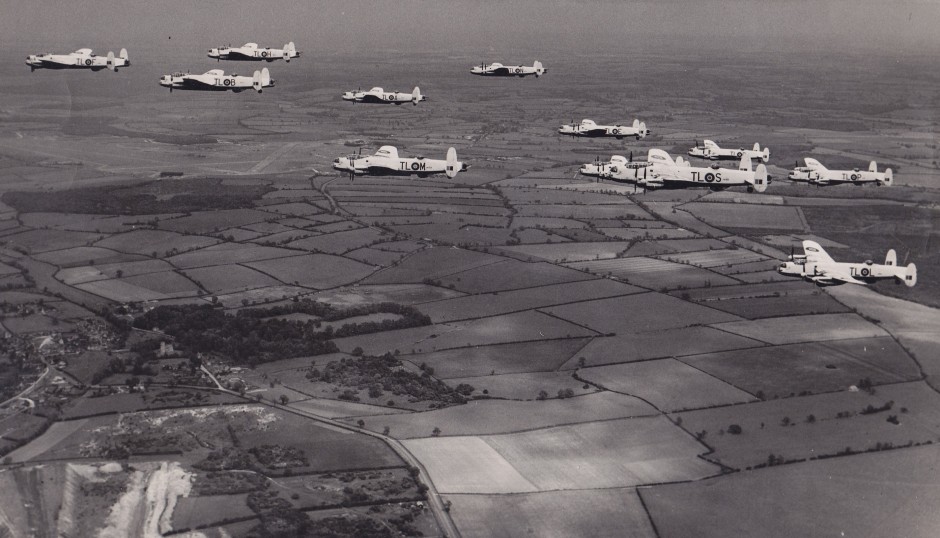
The London Victory Celebrations of 1946 were British Commonwealth, Empire & Allied Victory celebrations held after the defeat of Nazi Germany & Japan in WW2. The celebrations took place in London on 8 June 1946 and consisted mainly of a Military Parade through the City and a night-time Fireworks Display. Most British Allies took part in the Parade, including Belgium, Brazil, China, Czechoslovakia, France, Greece, Holland, Luxembourg & the United States. The Parade arrangements caused a controversy surrounding the lack of Representation of Polish Forces. This was followed by a Fly-past of 300 Aircraft, led by Douglas Bader.
Various shots of Formation of RAF Planes – including Flying Boats & Twin-Engined Fighters Flying over London on VE-Day 8th June 1946 – MD. The film is quite badly scratched.
http://www.britishpathe.com/video/victory-parade-reel-1
Commentator sets the date as 8th June 1946. Several shots of people preparing for the Victory Parade: Soldiers come out of Tents and have a wash, Firemen polish equipment, guards groom horses, crowds gather on the Streets to watch the Parade. Shots of injured veterans in the crowds. State landau leaving Buckingham Palace, carrying King George VI, Queen Elizabeth (Queen Mother), Princess Elizabeth & Princess Margaret. The procession moves around the Queen Victoria Memorial, cheered by crowds. A huge procession of Allied Soldiers march along the streets. A mechanised procession (Tanks & Armoured vehicles) moves along London Bridge, crowded with onlookers. This parade will cover the area South of the River Thames. Fire Engines & Tractors are also seen. Bomb-flattened areas are seen beside the road. At Westminster, Allied Commanders chat as they wait for the mechanised column and are then seen sitting in Armoured vehicles in the Parade. The marching Column falls in behind the mechanised at the Houses of Parliament. Troops march past the Cenotaph in Whitehall. Statesmen & Leaders assemble at the Saluting Base. Wartime Prime Minister Winston Churchill arrives in an open carriage with present Premier Clement Attlee. They are welcomed by Field Marshal Alexander. Lord Portal, Viscount Allenbrook, Admiral Cunningham are also present. The Duchess of Kent (Princess Marina) arrives in WRN uniform, with her daughter Princess Alexandra. Queen Mary arrives and is greeted by Officials & Family. The Royal Coach, escorted by Household Cavalry, comes under Admiralty Arch and into the Mall cheered by onlookers. Royals are greeted by the Officials and other Leaders, including King Feisal of Iraq, Queen Juliana & Prince Bernhard of the Netherlands. The King salutes the marching Troops. Piping band. Field Marshal Viscount Bernard ‘Monty’ Montgomery goes by in open car, followed by Leaders from the United States of America, China, France. British Service Chiefs of the Navy, Army & Royal Air Force (RAF). The mechanised Column follows. Item ends abruptly – reel 2 is currently missing.
Coalminer’s, apparently with Cap-lamps Alight, Marching past The Cenotaph in Whitehall, then Commemorating the Dead of WW1. Presumably, their contingent would have included “Bevin Boys” who on call-up were selected by Ballot to go down the Mines rather than Serve in the Armed Forces
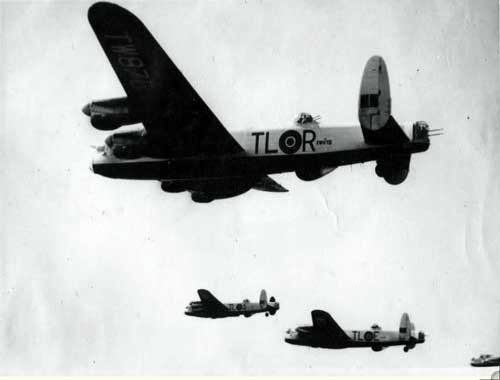
Over London. TL-R – F/O Robinson, TW-E – F/O Hampson, TW-D – Fl/Lt Clarine, TW-A – S/L Beetham.
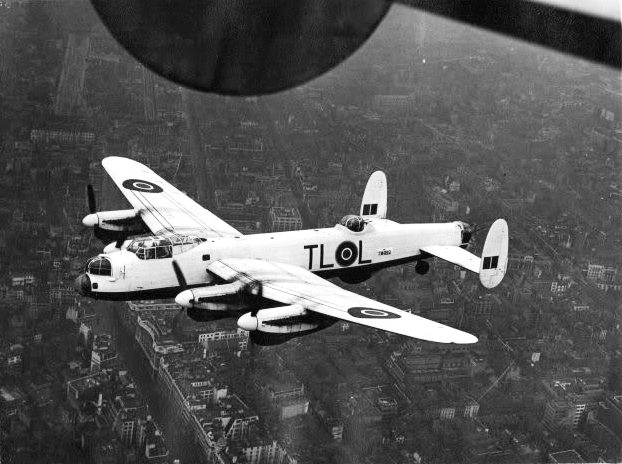
TL-L – F/O Frank J Cheshire over London.
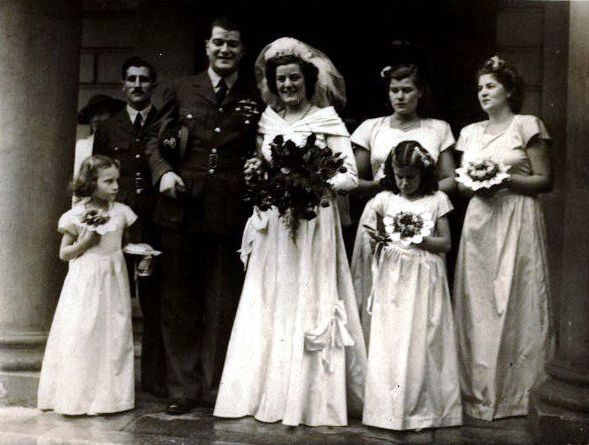
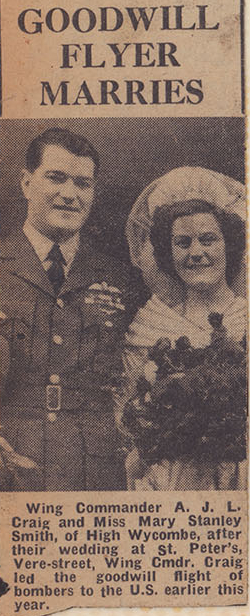 A young WAAF Mary Stanley Smith said casually to a friend – ‘I would love to be on that VE Day Flight but Alan Laird Craig doesn’t like WAAF Officers’. Some 24hrs later this remark was relayed to Alan who Telephoned her and said – I understand you would like to come on the Flypast – to which she replied – Oh yes Please! and he said – Be at Graveley at 5.30am on the 8th June. She went from Bomber Command HQ to Graveley and arrived there at 05.30hrs prompt. The Squadron flew over London and after 20-mins returned to Graveley Flying Low over St Neots to give the Locals a Treat. They then had a very late Lunch at the Local Pub ‘The Three Horshoes‘ 23, High Street, Graveley, St Neots about a mile from the Base at 3.30pm. While at the Pub someone said to her – Mary what are you going to do when you leave the WAAF – Before she could answer Alan said – I’ve been Posted – she’s going to Marry Me! Mary said – Norfolk or Suffolk? – No – Buenos Aries as Assistant Air Attache – So…., Will you Marry Me? said Alan – Certainly! – said Mary.
A young WAAF Mary Stanley Smith said casually to a friend – ‘I would love to be on that VE Day Flight but Alan Laird Craig doesn’t like WAAF Officers’. Some 24hrs later this remark was relayed to Alan who Telephoned her and said – I understand you would like to come on the Flypast – to which she replied – Oh yes Please! and he said – Be at Graveley at 5.30am on the 8th June. She went from Bomber Command HQ to Graveley and arrived there at 05.30hrs prompt. The Squadron flew over London and after 20-mins returned to Graveley Flying Low over St Neots to give the Locals a Treat. They then had a very late Lunch at the Local Pub ‘The Three Horshoes‘ 23, High Street, Graveley, St Neots about a mile from the Base at 3.30pm. While at the Pub someone said to her – Mary what are you going to do when you leave the WAAF – Before she could answer Alan said – I’ve been Posted – she’s going to Marry Me! Mary said – Norfolk or Suffolk? – No – Buenos Aries as Assistant Air Attache – So…., Will you Marry Me? said Alan – Certainly! – said Mary.
The Battle of Britain Flypast on 15th September 1946 (Battle of Britain Sunday) with some 330 Aircraft was the last Ceremonial Flight commitment before 35 Squadron was returned to normal Bomber Command Duties and transferred to RAF Stradishall.
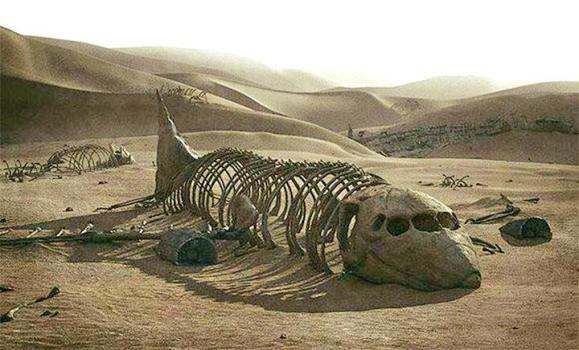
These former Airborne Giant Hero’s were soon to be absorbed in the midst of the Scrapheap of Society as Dinosaurs of a Former Era like their Mighty Aircraft.
